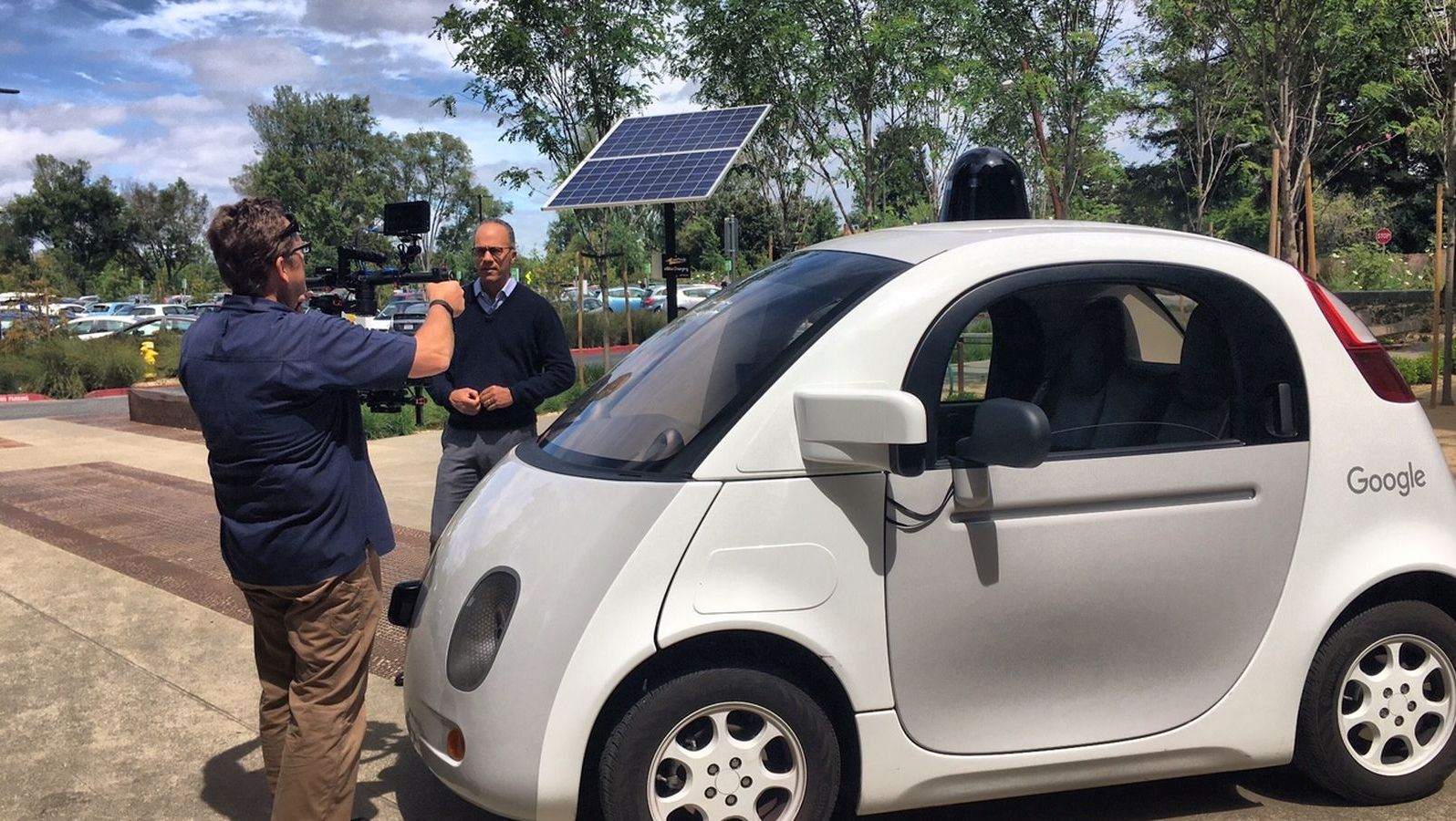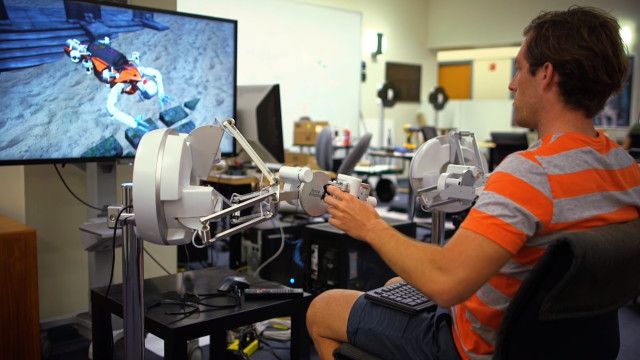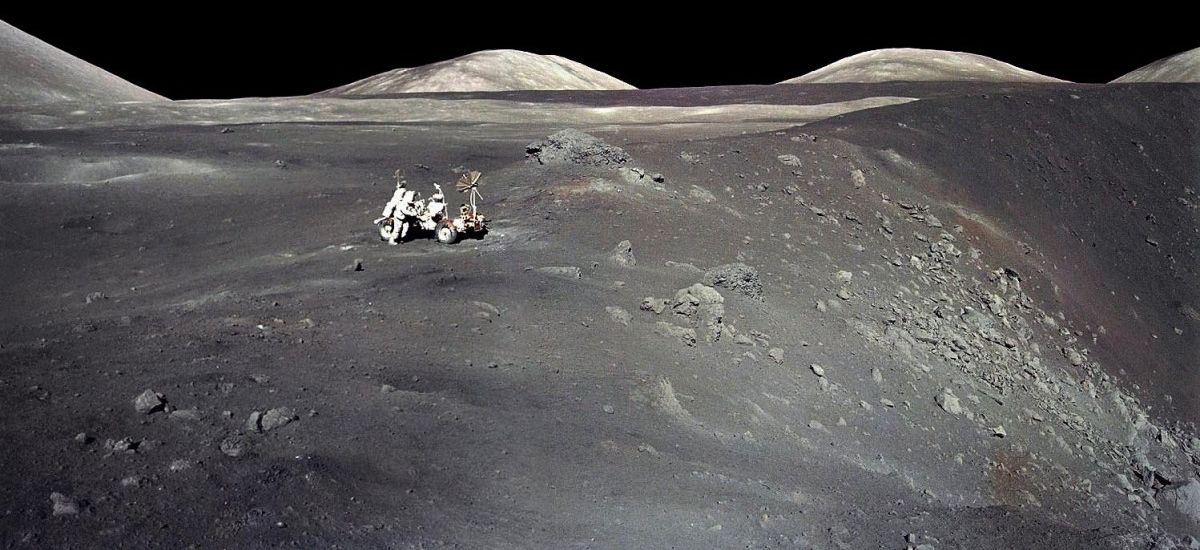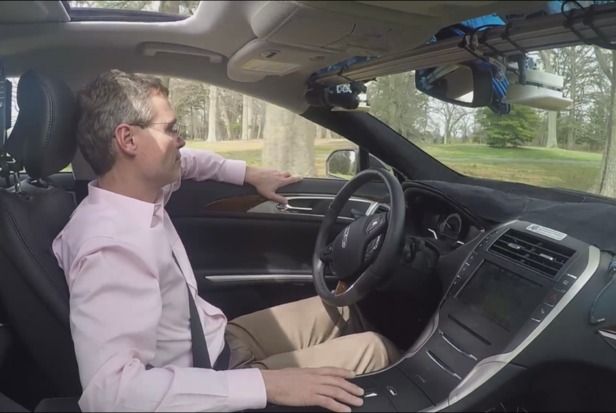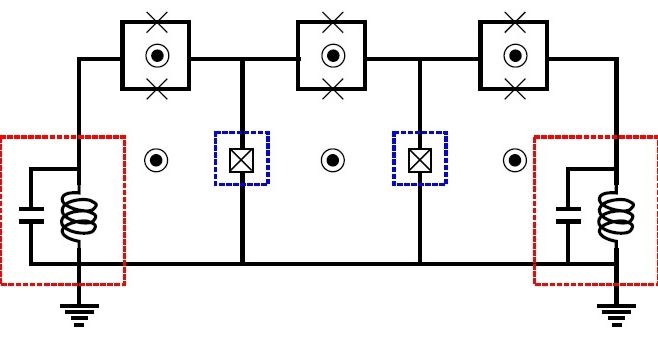According to Astro Teller, the Google self-driving car is “close to graduating from X.” Parsing out the meaning of that string of words is a little complicated, but basically it means that Alphabet isn’t thinking of self-driving cars so much as a crazy “moonshot,” but as a thing that’s just about ready to be a standalone business that could actually generate revenue.
If you’re not a close follower of Google, though, more explanation might still be in order. It’s coming, in the form of a segment on tonight’s NBC Nightly News with Lester Holt. They’ll be airing an inside look at X division inside Alphabet. That’s the group you know as Google X, but after last year’s corporate reorg, we’re all still getting used to the new naming conventions.
Holt interviewed Astro Teller and Obi Felten, who have the cheeky titles “Chief of Moonshots” and “Director of X Foundry,” respectively. It’ll likely be an overview of the projects that X is currently running — including self-driving cars, Project Loon, Project Wing, and Makani. Teller will also be candid about X’s failures. Failure being a favorite topic of his, actually — Holt tells us that inside X, “if you have an idea that crashes and burns, they give you a sticker.”
